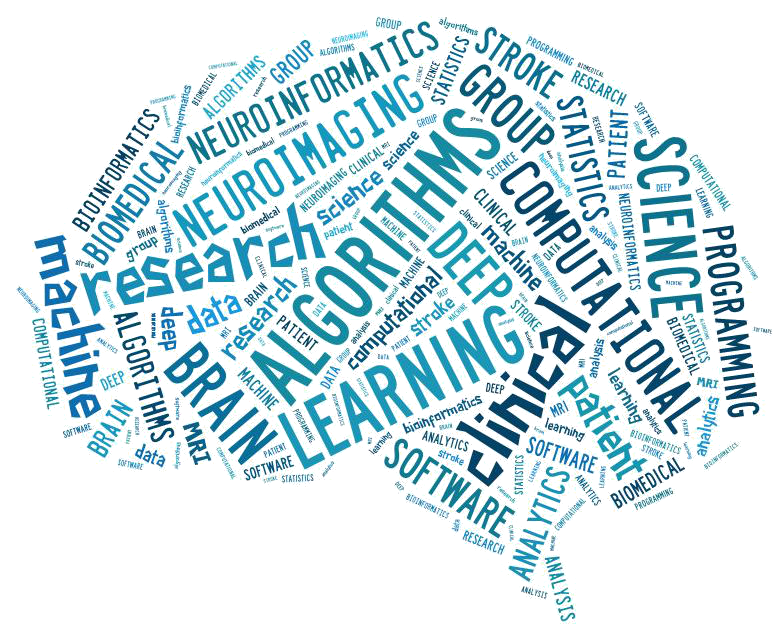Brain Connectivity
. Disruption of the ascending arousal network in acute traumatic disorders of consciousness. Neurology 2019;93(13):e1281-e1287.Abstract
. Rich-Club Organization: An Important Determinant of Functional Outcome After Acute Ischemic Stroke. Front Neurol 2019;10:956.Abstract
. Brain Connectivity Measures Improve Modeling of Functional Outcome After Acute Ischemic Stroke. Stroke 2019;50(10):2761-2767.Abstract
. Functional networks reemerge during recovery of consciousness after acute severe traumatic brain injury. Cortex 2018;106:299-308.Abstract
. Default Mode Network Perfusion in Aneurysmal Subarachnoid Hemorrhage. Neurocrit Care 2016;25(2):237-42.Abstract
. Changes in neuronal connectivity after stroke in rats as studied by serial manganese-enhanced MRI. Neuroimage 2007;34(4):1650-7.Abstract
. EEG functional connectivity is partially predicted by underlying white matter connectivity. Neuroimage 2015;108:23-33.Abstract
. Frontal connections and cognitive changes in normal aging rhesus monkeys: a DTI study. Neurobiol Aging 2007;28(10):1556-67.Abstract



